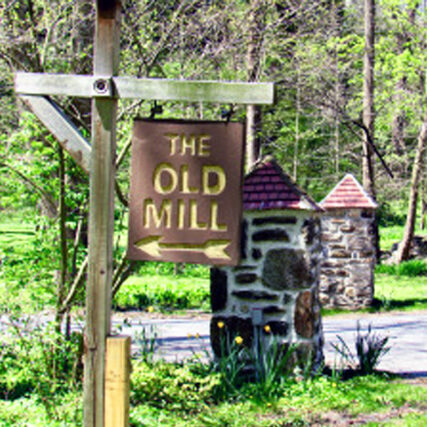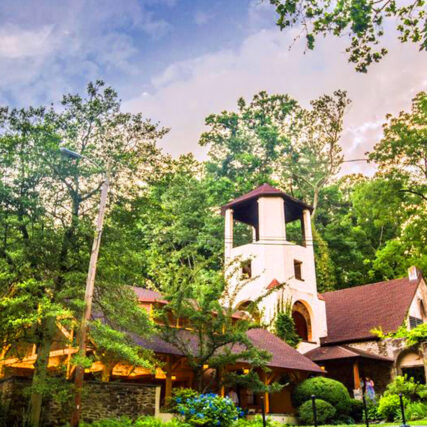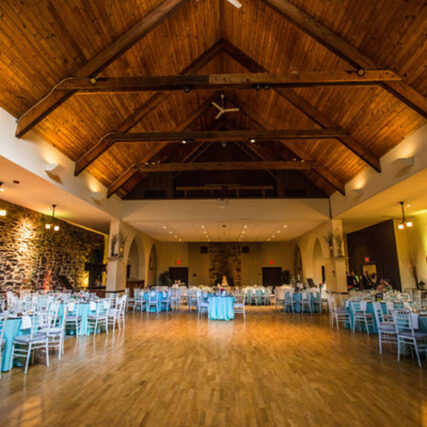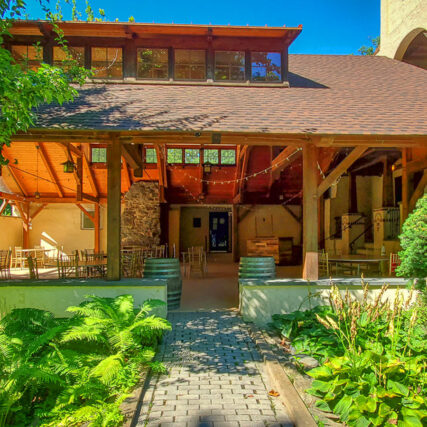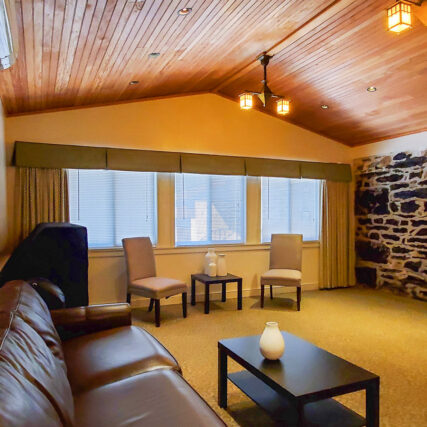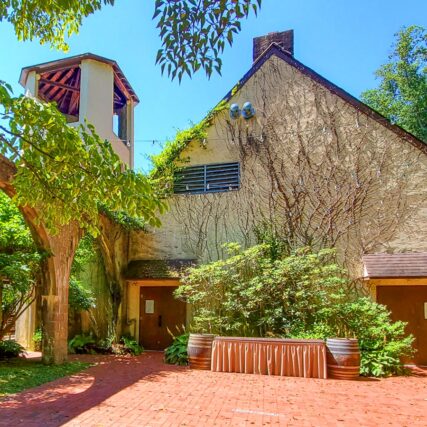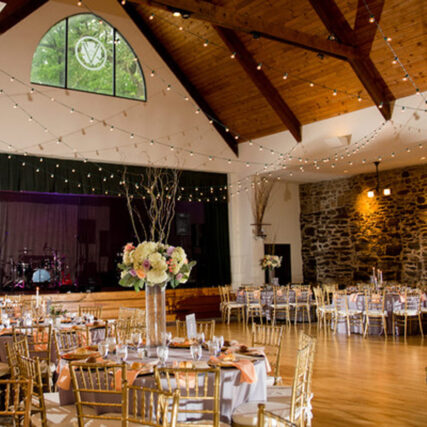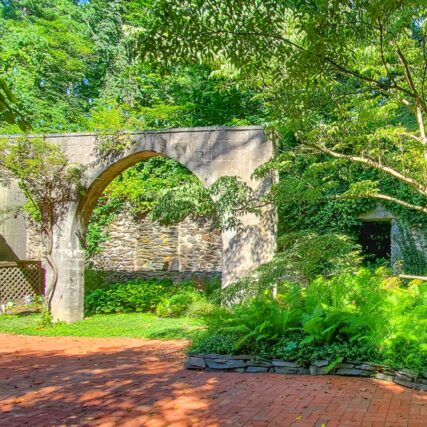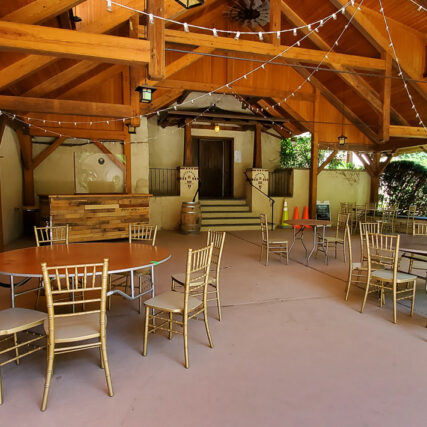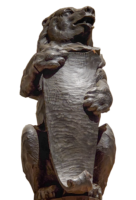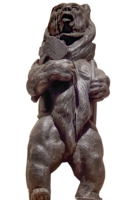THE OLD MILL
In 1789, Nicholas Stimmel built a dam across the creek and a snuff mill where the Old Mill now stands. His son, Philip, was a tobacconist in Philadelphia, and it’s presumed that the mill’s output was sold in his store. Snuff continued to be milled through two changes of ownership, first to William Smith and then to John White, who gave Rose Valley its name. Snuff production ceased in 1821. The mill was then used to grind bark to make fever medicine, a short-lived business due to the introduction of quinine. In 1826, Parke Shee bought the property and converted it to a paper mill which operated until 1850. The mill was then deserted for a decade until Antrim Osborne bought it in 1861. He repaired the dam and mill race and expanded the mill. By 1873, his woolen mill housed 100 looms. They produced cassimere, a lightweight wool, and woolen jean cloth. The main building was 55′ x 150′ and three stories high. Two additional buildings were about 40′ x 60′ each. On the night of March 3, 1885, they were all destroyed by fire.
THE FOLK
When the Rose Valley Association was founded in July 1901, the valley was nearly treeless, with dirt roads and abandoned mill buildings and millworker housing.
Established in December of the same year, the Rose Valley Folk initially served the practical needs of the pioneering residents of the arts and crafts colony.
In its second decade, the organization became largely social. In those early years, daytime activity centered around the creek—swimming and canoeing in summer and skating in winter. Baseball and cricket were played, and though Rose Valley Swimming Pool would not be established until 1926, tennis was popular. In the evenings, the Rose Valley flair for costume was revealed at parties and dances.

